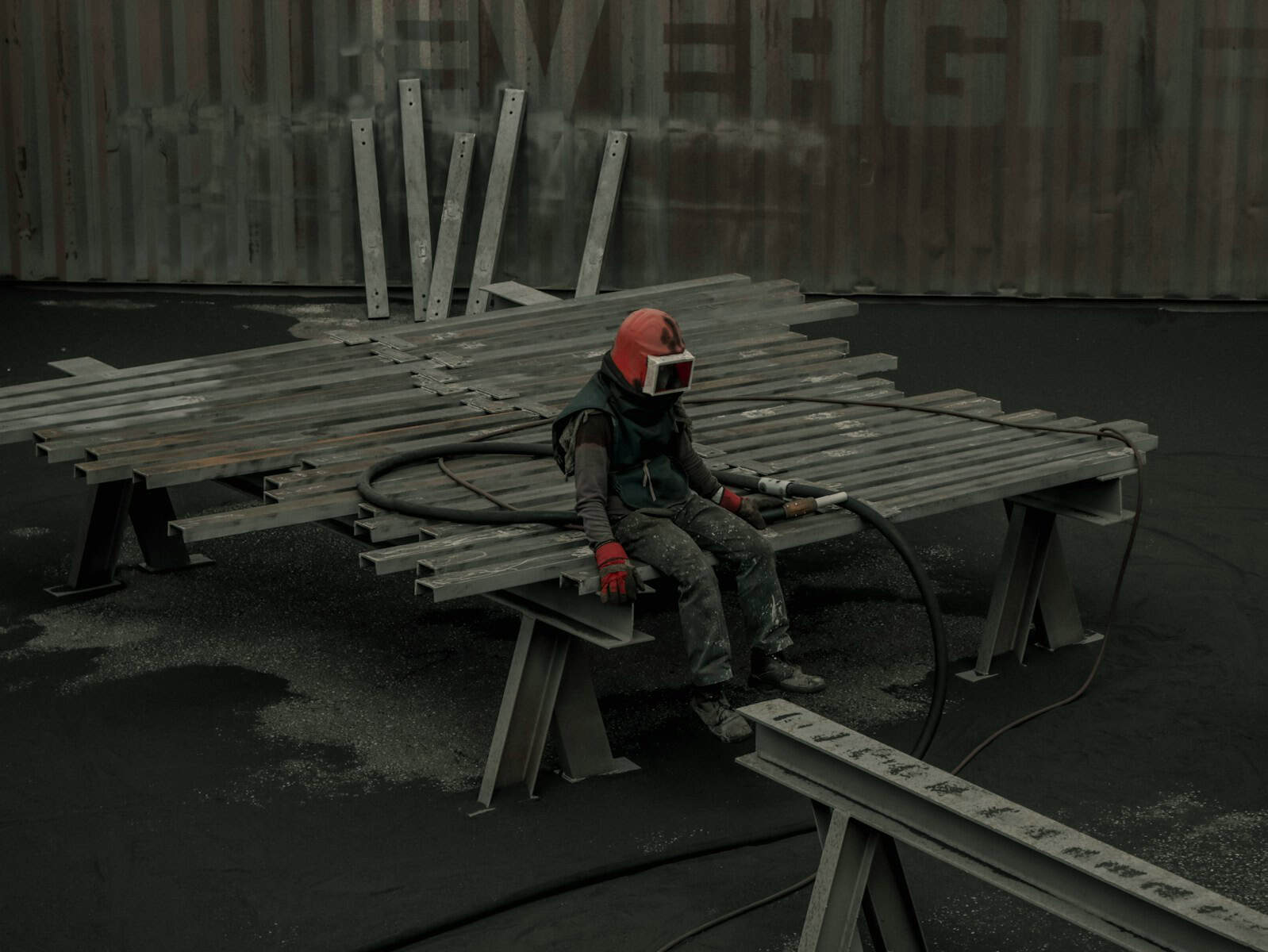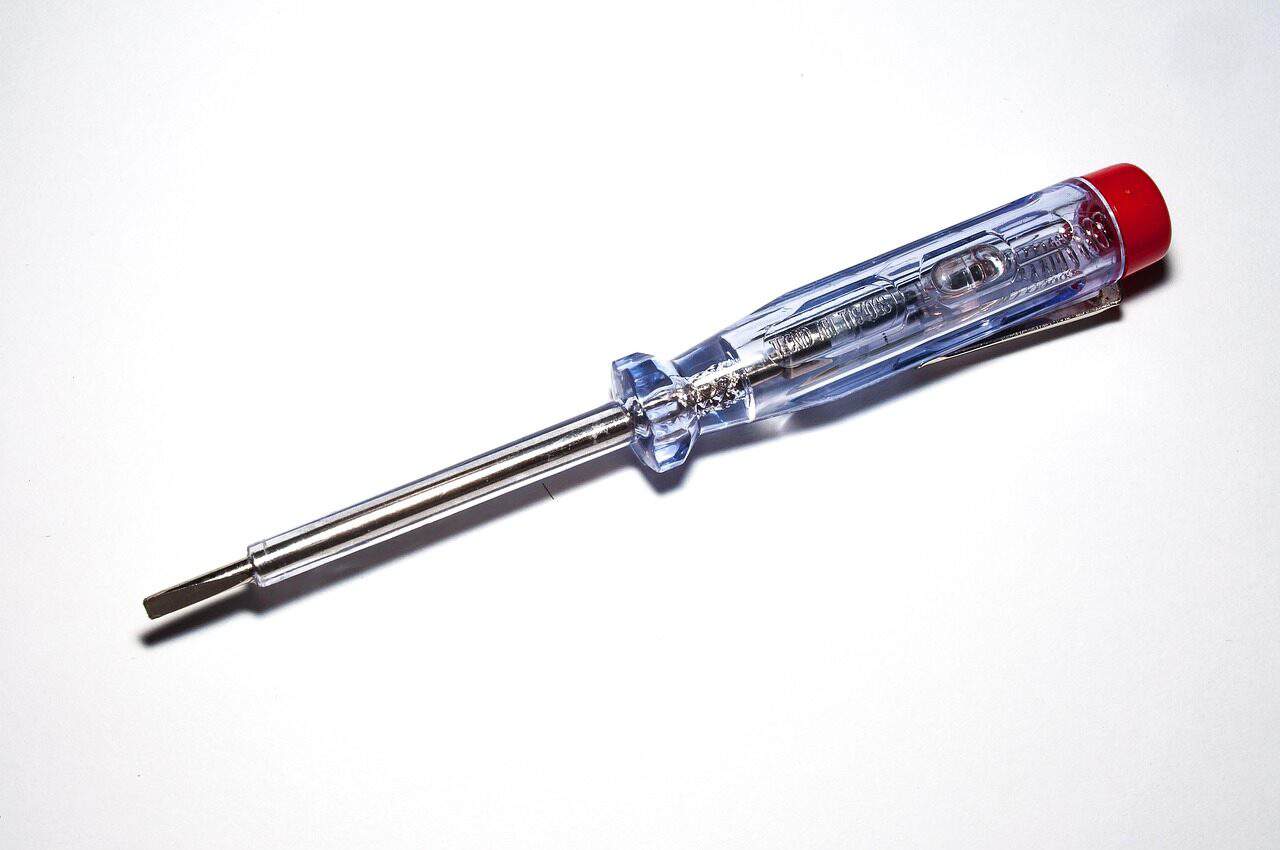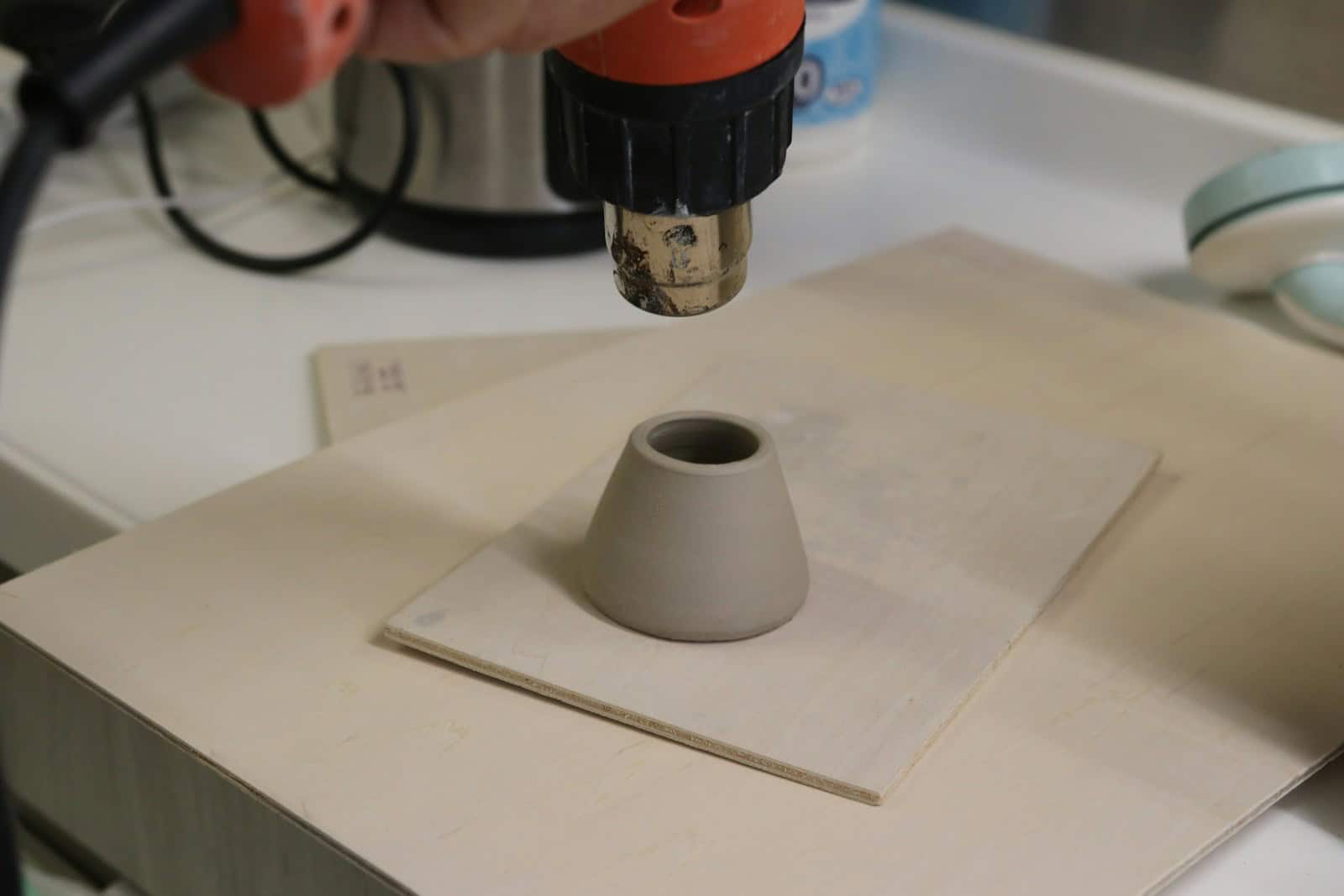A Guide to Hardness Testing: Understanding How Materials Resist Force
Introduction: Why This Knowledge Matters
We once looked at a serious failure in a high-stress bolted assembly. The component specifications required a specific core hardness, which quality control confirmed using a standard Rockwell test. The parts passed. Weeks later, the bolts failed in service. The investigation revealed the problem: a faulty plating process had caused severe surface brittleness. The standard test, designed to measure bulk properties, completely missed the brittle, paper-thin surface layer that started the fracture. This costly error wasn’t a failure of the test itself, but a failure in understanding how to use it properly.
Hardness is not just a number on a certificate. It is a critical measurement that shows how a material will perform under mechanical stress. It directly relates to wear resistance, how easy it is to machine, toughness, and tensile strength. Understanding the principles behind hardness testing is therefore essential for any engineer or technician responsible for seleção de materiais, process control, or failure analysis. It is the difference between simply collecting data and making smart engineering decisions.
This guide breaks down the core principles of the major hardness testing methods: Brinell, Rockwell, Vickers, and Knoop. Our goal is to move beyond basic definitions and give you the technical knowledge needed for informed selection and interpretation of these essential tests. We will explore the physics of plastic deformation, how each test works, and the subtle factors that can lead to wrong results, ensuring you can select the right tool for the job and trust the number it provides.
The Basic Physics of Hardness
To correctly interpret any hardness value, we must first understand the material science involved. The number generated by a hardness tester is a direct result of basic physical principles governing how a material responds to a concentrated force.

Defining Hardness: Fighting Deformation
At its core, hardness is a measure of a material’s resistance to localized permanent deformation. When a hardness indenter presses into a material, it experiences two types of deformation. First is elastic deformation, which is temporary; the material returns to its original shape once the load is removed, like pressing your finger into a rubber ball. Second is plastic deformation, which is permanent; the material is permanently displaced, creating an indentation. Hardness testing is almost exclusively concerned with measuring the resistance to this permanent change.
From a structural perspective, this resistance is controlled by the material’s internal structure. For metals, this involves blocking the movement of crystal lattice defects known as dislocations. Factors like fine grain size, the presence of hard secondary phases (like carbides in steel), and the internal stress created by processes like cold working all serve to “pin” these dislocations, making it more difficult for them to move. As a result, more force is required to create a permanent indent, and the material registers a higher hardness value. This is why work-hardening—the process of hardening a material through plastic deformation—is such a critical concept.
Key Factors in Measurements
The final hardness value is not a pure, inherent property but a result of a complex interaction between the material and the test conditions. Four key factors determine the outcome of any indentation hardness test:
- Material Properties: A material’s inherent ductility, modulus of elasticity, and its rate of work-hardening all influence how it behaves under the indenter. A highly ductile material may “pile-up” around the indent, while a less ductile one may “sink-in.”
- Indenter Shape: The shape of the indenter—whether it’s a sphere, a sharp cone, or a pyramid—defines the stress field it creates in the material. This geometry is a primary difference between the major test methods.
- Applied Load: The magnitude of the force applied by the indenter is a critical variable. For some tests, the hardness value depends on the load, while for others it is theoretically independent.
- Load Duration (Dwell Time): For some materials, particularly polymers and soft metals at elevated temperatures, deformation is time-dependent. This phenomenon, known as creep, means that the duration for which the full load is applied (the dwell time) must be strictly controlled to ensure repeatable results.
A Technical Breakdown of Macrohardness Tests
Macrohardness tests are the workhorses of the industry, characterized by higher test loads (typically over 1 kgf) and larger indentations. They are excellent for determining the bulk hardness of a material, effectively averaging out minor local inconsistencies in the microstructure. We will examine the three primary methods: Brinell, Rockwell, and Vickers.
The Brinell Test (ASTM E10)
The Brinell test is one of the oldest standardized methods, yet it remains valuable for specific applications. Its principle is based on forcing a hard spherical indenter of a fixed diameter into the material’s surface with a specific load and for a specific duration.
The core principle is the calculation of mean pressure over the indentation’s surface area. After the force is removed, two perpendicular diameters of the circular indent are measured optically, and the average diameter (d) is used. The Brinell Hardness Number (HBW) is calculated as the applied load (F) divided by the surface area of the indentation. The formula is:
HBW = 2F / (πD * (D – √(D² – d²)))
Onde:
- F = Applied Load (in kgf)
- D = Diameter of the indenter ball (in mm)
- d = Mean diameter of the indentation (in mm)
A critical technical consideration is the selection of the load-to-diameter ratio. To ensure comparable results across different tests, the standard ASTM E10 requires a constant F/D² ratio depending on the material’s hardness range (e.g., 30 for steels, 10 for copper alloys, 5 for aluminum alloys). This ensures the level of deformation is geometrically similar. The primary limitation of the Brinell test is its unsuitability for very hard materials, where the tungsten carbide ball indenter itself can deform. It is also not practical for thin specimens due to the large, deep indentation. Its strength lies in testing large, structurally non-uniform materials like castings and forgings, where its large indent provides an excellent average value.
The Rockwell Test (ASTM E18)
The Rockwell test is arguably the most widely used method in industry, primarily due to its speed, simplicity, and direct readout, which eliminates the need for optical measurement. Its technical brilliance lies in its principle of differential depth.
The test operates in a three-step sequence:
- A minor load, or preload (typically 10 kgf), is applied. This initial force seats the indenter, breaks through any surface scale or minor imperfections, and establishes a zero-depth reference point. This is a key advantage over other methods.
- The major load is then applied for a specified dwell time, forcing the indenter deeper into the material. The total load is the sum of the minor and major loads.
- The major load is removed, but the minor load is maintained. The increase in penetration depth from the zero reference point to the final depth under the minor load is measured.
This measured depth, h, is then converted into a hardness number. The Rockwell scale is inverted; a shallower indent results in a higher hardness number. This differential depth measurement inherently compensates for a portion of the elástico do material recovery, a significant source of error in other tests. It measures the permanent plastic depth, making it a more direct assessment of plastic deformation resistance.
The versatility of the Rockwell test comes from its multiple scales. Each scale uses a specific combination of indenter and major load. For example, the Rockwell C scale (HRC) uses a 120° diamond cone (Brale indenter) and a 150 kgf total load, ideal for hard steels. The Rockwell B scale (HRB) uses a 1/16-inch diameter steel or tungsten carbide ball and a 100 kgf total load, suitable for softer metals like aluminum and brass.

The Vickers Test (ASTM E384/E92)
The Vickers test bridges the gap between macro and microhardness testing. It uses a single indenter for all materials: a square-based diamond pyramid with an angle of 136° between opposite faces.
The key technical advantage of the Vickers method is its load independence. Because the pyramid indenter has a geometrically similar shape regardless of its penetration depth, the Vickers Hardness (HV) value is, in theory, constant for a given material regardless of the test force used. This makes it an incredibly versatile and consistent scale, allowing for direct comparison of hardness values measured with different loads.
Like the Brinell test, the Vickers method is optical. After the load is removed, the two diagonals (d1 and d2) of the square-shaped indentation are measured using a high-magnification microscope. The average diagonal length is then used in the formula:
HV ≈ 1.854 * (F / d²)
Onde:
- F = Applied Load (in kgf)
- d = Mean length of the two diagonals (in mm)
The Vickers test can be used on an extremely wide range of materials, from soft lead to ultra-hard ceramics. Its primary applications are in research, weld analysis, and testing of thin materials or small areas where other methods would be too destructive or imprecise. The main drawback is the need for excellent surface preparation and the high level of operator skill required to accurately measure the small indentations.
| Recurso | Brinell (HBW) | Rockwell (HR) | Vickers (HV) |
| Princípio | Mean pressure over indentation area | Differential penetration depth | Resistance to pyramidal indenter |
| Indenter | Tungsten Carbide Ball (1-10 mm) | Diamond Cone (120°) or Steel/WC Ball | Diamond Pyramid (136°) |
| Medição | Optical (Indentation Diameter) | Mechanical (Penetration Depth) | Optical (Indentation Diagonals) |
| Principais vantagens | Good for bulk hardness, non-uniform materials | Fast, direct readout, less sensitive to surface finish | Load independent, single scale for all materials |
| Primary Use | Castings, forgings, large components | Heat-treated steels, mass production QC | All metals, research, weld testing |
| Governing Standard | ASTM E10 / ISO 6506 | ASTM E18 / ISO 6508 | ASTM E384/E92 / ISO 6507 |
Comparative Analysis: Indentation Mechanics
Understanding how each test works individually is foundational. However, true expertise comes from comparing their underlying mechanics and understanding how these differences lead to variations in results and susceptibility to errors.

Indenter Shape and Stress
The shape of the indenter determines the stress field it creates in the material, which in turn interacts with the material’s properties.
- Spherical (Brinell): The stress field under a sphere is complex. As the ball penetrates deeper, the contact area grows, and the nature of the stress changes. This test is highly sensitive to the material’s strain-hardening exponent (n-value). Materials with a high n-value tend to “pile-up” around the indent, making the measured diameter smaller than the true contact diameter, artificially inflating the hardness value. Conversely, annealed materials may “sink-in,” leading to an underestimation of hardness.
- Conical (Rockwell): The 120° diamond cone creates a more contained and uniform stress field than a sphere. While still subject to pile-up and sink-in effects, the differential depth measurement method is less sensitive to these surface phenomena than an optical area measurement.
- Pyramidal (Vickers): The sharp pyramid geometry generates a stress field that is geometrically similar at any depth. This is the physical reason behind the theoretical load independence of the Vickers hardness number. The high stress concentration at the pyramid’s tip ensures that plastic flow begins almost immediately, even in very hard materials.
First-Hand Experience: Common Error Sources
In our laboratory work, we consistently encounter several practical issues that can compromise the accuracy of hardness data. Understanding and mitigating these is crucial for reliable testing.
- Issue: The “Anvil Effect” / Thin Specimens: If a specimen is too thin, the deformation zone under the indenter can extend to the supporting anvil. The anvil’s hardness then influences the measurement, typically resulting in a falsely high reading. A universal rule of thumb, written into standards like ASTM E18, is that the material thickness should be at least 10 times the indentation depth.
- Issue: Indentation Spacing: Every indent creates a zone of plastically deformed, work-hardened material around it. If a new indentation is placed too close to a previous one or to the edge of the specimen, its result will be affected by this pre-strained material. Standards require minimum spacing, usually 3 to 5 times the indent diameter or diagonal, to prevent this interference.
- Issue: Surface Preparation: The need for surface preparation varies dramatically. The Rockwell test, with its preload to break through scale, is the most forgiving and often requires only a clean, flat surface. The Brinell test needs a surface smooth enough for accurate optical reading of the indent edge, often achievable with grinding. Vickers and Knoop tests, especially at micro-loads, are extremely sensitive. They demand a metallographically polished, mirror-like, and perfectly perpendicular surface for accurate diagonal measurement.
- Issue: Dwell Time: For most steels at room temperature, a standard dwell time of 10-15 seconds is sufficient. However, when we test materials that exhibit creep, like polymers or metals near their recrystallization temperature, the indenter will continue to penetrate as long as the load is applied. For these materials, the dwell time must be precisely specified and controlled (e.g., 30 seconds or longer) to achieve comparable and meaningful results.
| Error Source | Brinell | Rockwell | Vickers/Knoop |
| Acabamento da superfície | Moderate sensitivity. Grinding is often sufficient. | Low sensitivity due to preload. | High sensitivity. Requires metallographic polish for accuracy. |
| Elastic Recovery | Affects optical reading; can be a significant error source. | Partially compensated by differential depth measurement. | Can cause “bowed” or “pincushion” indentations, affecting diagonal measurement. |
| Load Application | Manual or hydraulic; speed can be a factor. | Highly controlled, automated cycle is standard. | Very sensitive to impact and vibration, especially at micro-loads. |
| Operator Skill | High. Reading the diameter accurately requires skill and a good microscope. | Low. Direct readout minimizes operator subjectivity. | High. Measuring small diagonals accurately requires significant skill. |
| Material Piling-up / Sinking-in | Can significantly alter the true contact area, leading to errors. | Affects depth but is a known variable. | Affects diagonal measurement and shape of the indent. |
Microhardness Testing & Specialized Applications
When components are too small, too thin, or when we need to probe individual microstructural features, we turn to microhardness testing. These tests use loads typically below 1 kgf and produce microscopic indentations, requiring high-magnification measurement.
The Knoop Test (ASTM E384)
The Knoop test is a close relative of the Vickers test but uses a different indenter: an elongated, rhombic-based pyramid. This geometry produces a very long but very shallow indentation, with a diagonal ratio of approximately 7:1.
This unique shape provides a distinct advantage for two key application areas:
- Brittle Materials: When testing ceramics or glass, the high stress at the corners of a symmetrical Vickers indent can easily start cracks, which invalidates the test. The Knoop indenter’s shallower penetration and lower stress concentration along its short axis significantly reduce the tendency for cracking, making it the preferred method for these materials.
- Thin Coatings: The shallow depth of a Knoop indent allows us to measure the hardness of a thin surface layer (e.g., a nitride coating or a plated layer) without the indentation penetrating through to the substrate. This isolates the measurement to the coating itself, providing a true hardness value that is not influenced by the softer material underneath.
The technical reason for the Knoop indenter’s lower cracking tendency, compared to Vickers, lies in the stress distribution and material displacement. The elongated shape displaces less material per unit of penetration depth along its short axis, resulting in a less severe strain field at the critical diagonal corners.
Case Study: A Case-Hardened Gear
Consider the engineering challenge of verifying the heat treatment of a case-hardened steel gear. The design requires a very hard, wear-resistant surface (the case) to withstand contact stresses, supported by a softer, tougher core to resist tooth fracture.
- Macro Test Approach: A single Rockwell C test on the gear tooth surface might yield a high value, say 60 HRC. However, if the case depth is only 0.5 mm, the 150 kgf load of the HRC test will cause the indenter to penetrate deep enough for the deformation zone to be influenced by the softer core material. The result is an average of the case and core, not a true representation of the surface, and it could mask a dangerously thin case. A Rockwell test is, however, perfectly suitable for verifying the core hardness on a cross-section of the gear.
- Micro Test Approach: The correct method for characterizing the case is to perform a microhardness traverse. We section the gear tooth, polish it to a metallographic finish, and then use a Micro-Vickers or Knoop tester to make a series of small indentations at precise intervals. We start near the outer edge and move inward toward the core.
- Conclusion: Plotting the hardness values against the distance from the surface creates a “hardness profile.” This graph is the definitive quality record. It clearly shows the maximum surface hardness, the hardness at the core, and, most importantly, the effective case depth—the distance over which the hardness remains above a critical threshold (e.g., 50 HRC). This demonstrates why a combination of tests is often the best engineering solution: a microhardness traverse for the gradient and a macrohardness test for the bulk core.
| Cenário do aplicativo | Primary Recommendation | Secondary Option / Core Test | Key Technical Justification |
| Bulk Hardness of a Steel Forging | Brinell (HBW) | Rockwell B/C (HRB/HRC) | Averages out microstructural variations over a large area. |
| Controle de qualidade of Heat-Treated Parts | Rockwell (HRC) | Vickers (HV) | Speed, automation, and reliability make it ideal for production environments. |
| Thin Nitride Coating on a Tool | Knoop (HK) | Vickers (HV) at very low load | Elongated indent minimizes penetration and substrate effect. |
| Weld Heat-Affected Zone (HAZ) Analysis | Micro-Vickers (HV) | N/A | Small indenter can map the steep hardness gradient across the HAZ. |
| Hardness of a Ceramic Plate | Vickers (HV) / Knoop (HK) | Rockwell A (HRA) | Diamond indenter is necessary; Vickers is standard, Knoop reduces cracking risk. |
Conclusion: From Principles to Practice
We have broken down the foundational hardness testing methods, moving from their core principles to their practical execution. The key technical differences are clear: Brinell measures hardness based on indentation area, Rockwell on differential depth, and Vickers and Knoop on optically measured diagonals. Each method’s unique mechanics make it suitable for different materials and applications.
However, the most critical takeaway is that a hardness number is meaningless without context. True professional competence is not in simply operating the machine, but in understanding the principles at play. Knowing how indenter geometry creates specific stress fields, how material properties like strain-hardening cause pile-up or sink-in, and how seemingly minor details like surface finish and indentation spacing can corrupt data—this is what separates a technician from a materials engineering expert. Armed with this deeper knowledge, you are equipped to select the appropriate test, anticipate and mitigate sources of error, and confidently interpret the results to drive better design, more robust manufacturing, and more insightful failure analysis.
- Hardness Testing Standards – ASTM International https://www.astm.org/
- Materials Testing and Characterization – ASM International https://www.asminternational.org/
- Hardness Testing – Wikipedia https://en.wikipedia.org/wiki/Hardness
- Mechanical Testing Standards – ISO https://www.iso.org/
- Materials Science and Engineering – NIST https://www.nist.gov/
- Quality and Materials Testing – ASQ (American Society for Quality) https://asq.org/
- Normas de engenharia mecânica - ASME https://www.asme.org/
- Materials Testing Methods – ScienceDirect https://www.sciencedirect.com/topics/engineering/hardness-testing
- Manufacturing and Testing Equipment – Thomasnet https://www.thomasnet.com/
- Materials Engineering Education – MIT OpenCourseWare https://ocw.mit.edu/





